As a new teacher, I used to experience a moment of dread each time I assigned a writing project. I always had a handful of students who would stare, distressed, at a blank paper. I would prompt, prod and encourage with little result. I was sure with better instruction, new graphic organizers and more examples I could get those reluctant writers to produce, but I was wrong.
In stark contrast to that bit of dread that haunted me during writing, I always felt a moment of elation when reading aloud to my students. Reading aloud brought a certain feeling of joy and levity to the classroom. Students were engaged and excited. It was often the best part of our day together.
I knew that reading and writing were connected, but I just didn’t know how to put it all together. All I knew was something had to change. It was at that time that I started experimenting with using mentor texts to model specific writing skills.
When using read alouds of mentor texts, I start by determining a specific writing skill that I would like students to develop. Then, I identify a picture book that highlights that skill and is high-interest. Here, I have included some of my favorite picks.
Brainstorming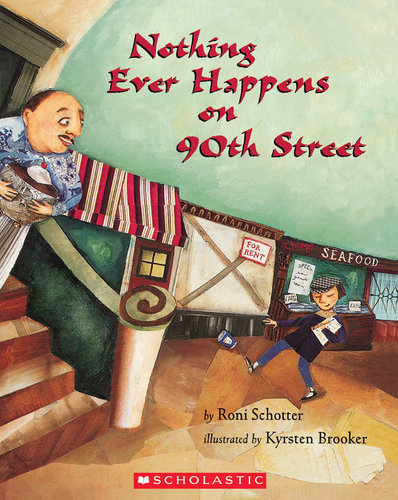
Brainstorming is a daunting task for many of my students, but they can relate to Eva, the frustrated character at the center of Nothing Ever Happens on 90th Street ![]() . Eva learns how to look for inspiration from the world around her with the help of her neighbors on 90th Street. Your students can learn the same lessons with this thoughtful and often silly read aloud.
. Eva learns how to look for inspiration from the world around her with the help of her neighbors on 90th Street. Your students can learn the same lessons with this thoughtful and often silly read aloud.
Sequencing
When my students are having trouble logically sequencing events while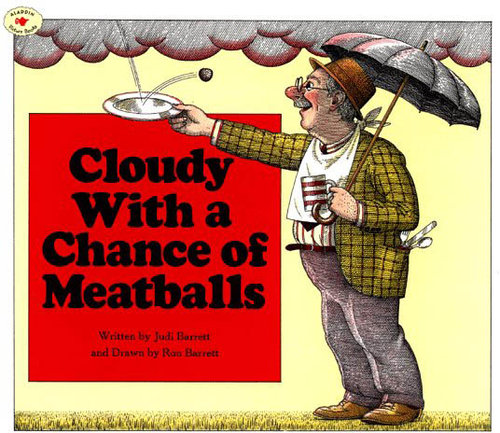 writing an imaginative narrative, I pull out Cloudy With a Chance of Meatballs
writing an imaginative narrative, I pull out Cloudy With a Chance of Meatballs ![]() . My students are intrigued by a book that many of them have originally seen as a movie. Using the text as a guide, they write their own versions of Cloudy With a Chance of Meatballs, comparing theirs to the original, gaining understanding and confidence before writing their own unique narrative.
. My students are intrigued by a book that many of them have originally seen as a movie. Using the text as a guide, they write their own versions of Cloudy With a Chance of Meatballs, comparing theirs to the original, gaining understanding and confidence before writing their own unique narrative.
Dialogue
Dialogue has the ability to bring a story to life, but my students struggle to bring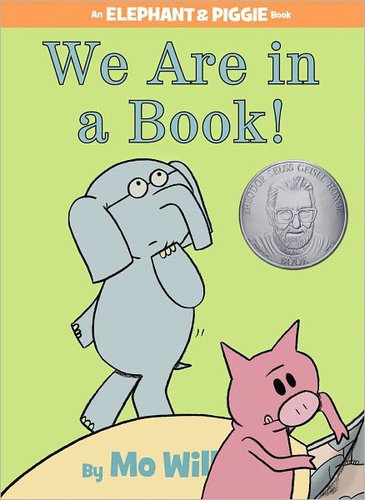 voice to their characters. We Are in a Book, by Mo Willems, is just the read aloud to help us. The dialogue is woven into the illustrations, making it very clear to readers. This read aloud gives my students a whole new understanding of using dialogue to further their own stories. If students need more examples, Mo Willems’ Elephant & Piggie
voice to their characters. We Are in a Book, by Mo Willems, is just the read aloud to help us. The dialogue is woven into the illustrations, making it very clear to readers. This read aloud gives my students a whole new understanding of using dialogue to further their own stories. If students need more examples, Mo Willems’ Elephant & Piggie ![]() series also provides many great examples.
series also provides many great examples.
Suspense
My students are on the edge of their seats when I read Train to Somewhere ![]()
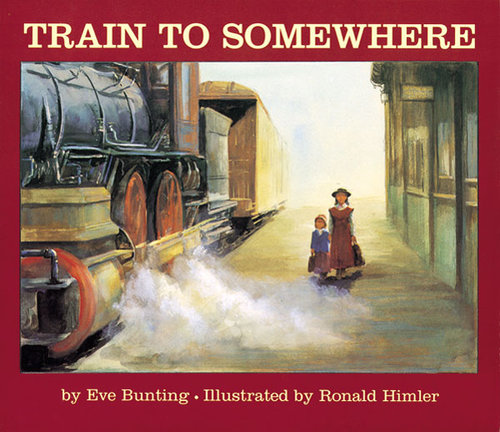 by Eve Bunting. They cannot wait to find out what happens to Marianne as she travels across the country on an orphan train looking for her mother. We discuss the techniques the author uses to build that feeling of suspense, and they practice using those techniques in their own stories, adding their own clues and page-turning elements.
by Eve Bunting. They cannot wait to find out what happens to Marianne as she travels across the country on an orphan train looking for her mother. We discuss the techniques the author uses to build that feeling of suspense, and they practice using those techniques in their own stories, adding their own clues and page-turning elements.
Imagery
My students fall in love with the beautiful images Lester Laminack constructs in 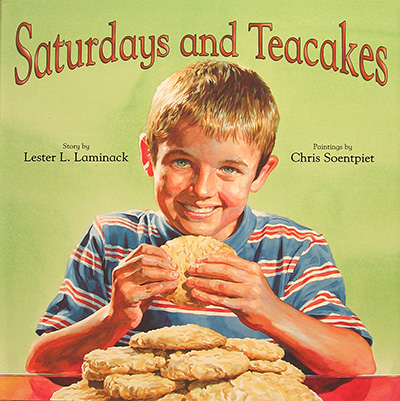 his book Saturdays and Teacakes
his book Saturdays and Teacakes ![]() . As I read aloud, we stop often to explore these common images and talk about how words can create pictures. Students then develop their own personal narratives using imagery just as Laminack does.
. As I read aloud, we stop often to explore these common images and talk about how words can create pictures. Students then develop their own personal narratives using imagery just as Laminack does.
I pair these mentor texts with explicit instruction, graphic organizers and rubrics, but I feel that it is the read alouds of mentor texts that make all the difference for my students. The characters become welcome members of our classroom community; the stories ground our lessons, and we refer back to those common read-aloud experiences often throughout our writing units.


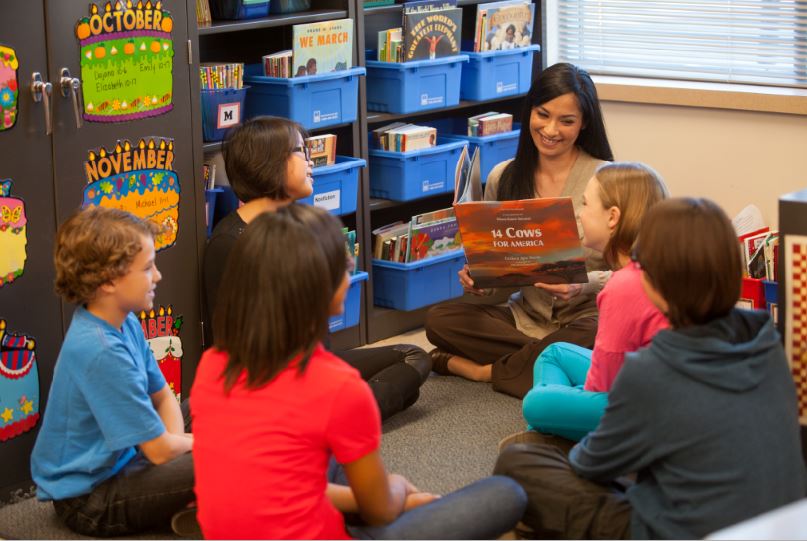
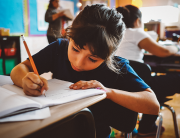
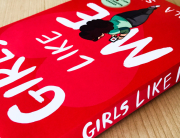
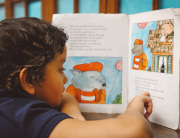
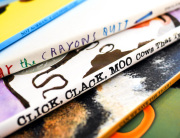
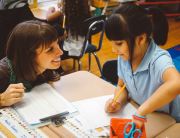
Thank you so much for sharing your experiences! Your article fits in so well with discussions we have been having about engaging children to write. Your article made for a great springboard to productive discussion!